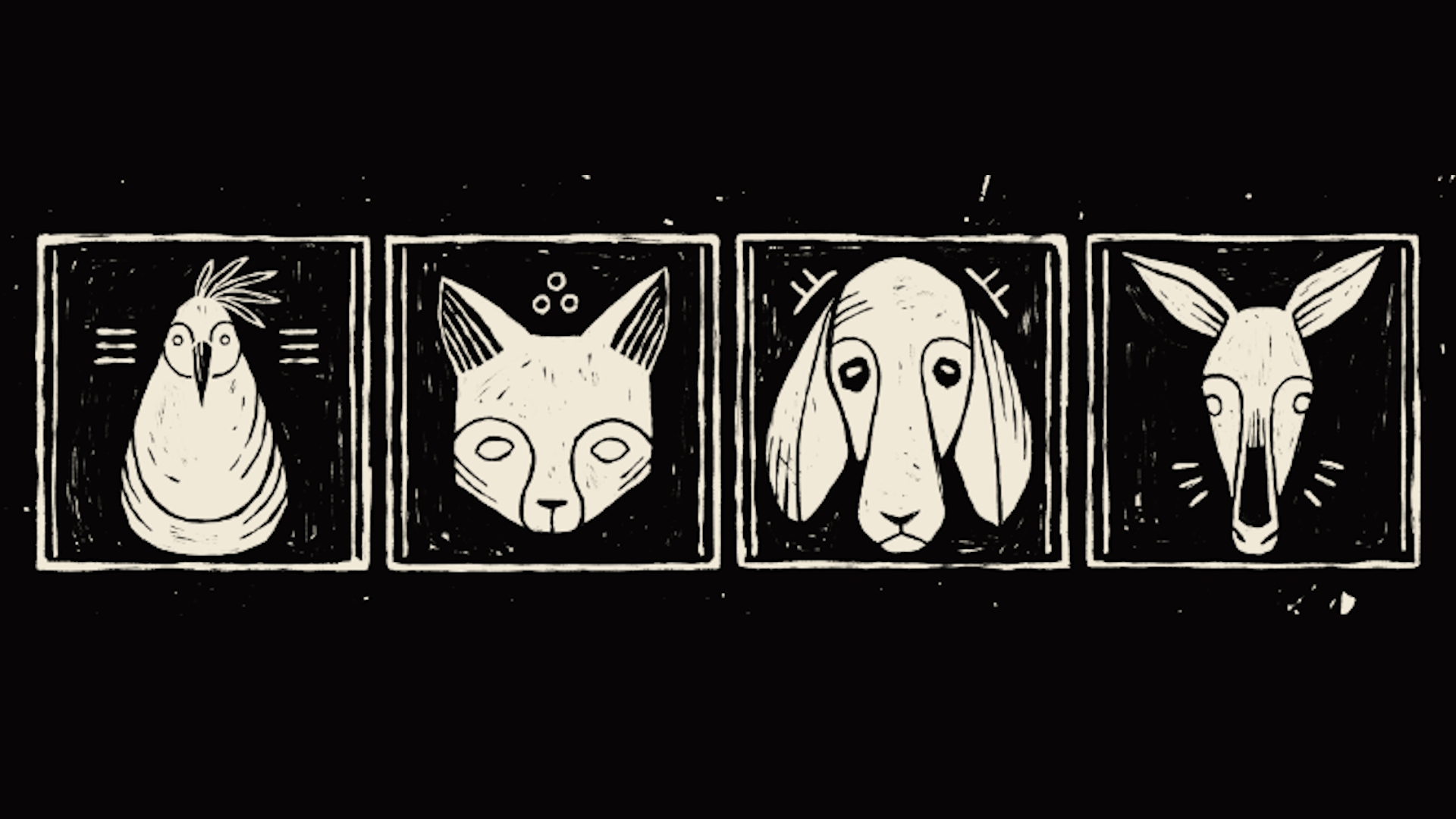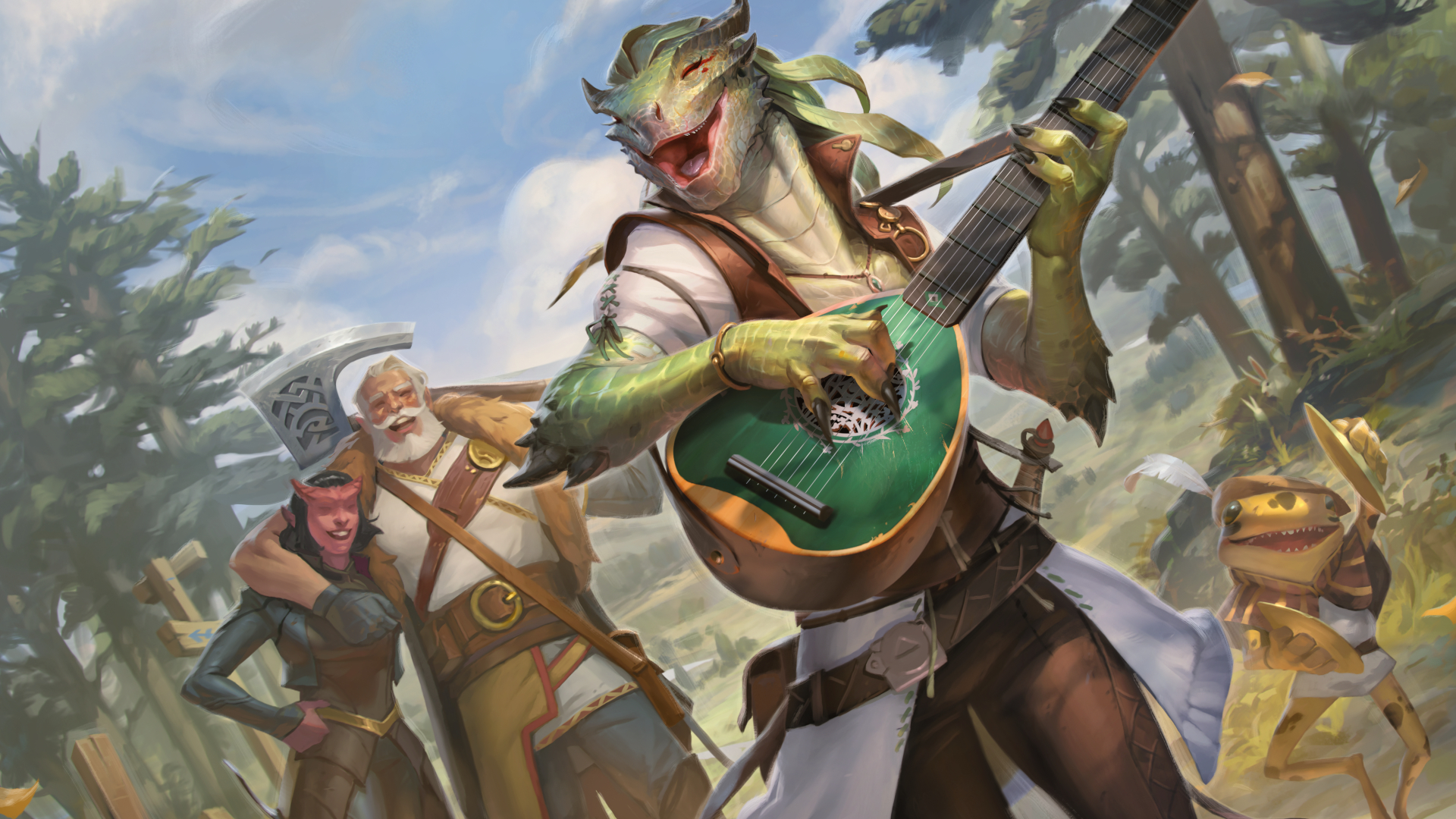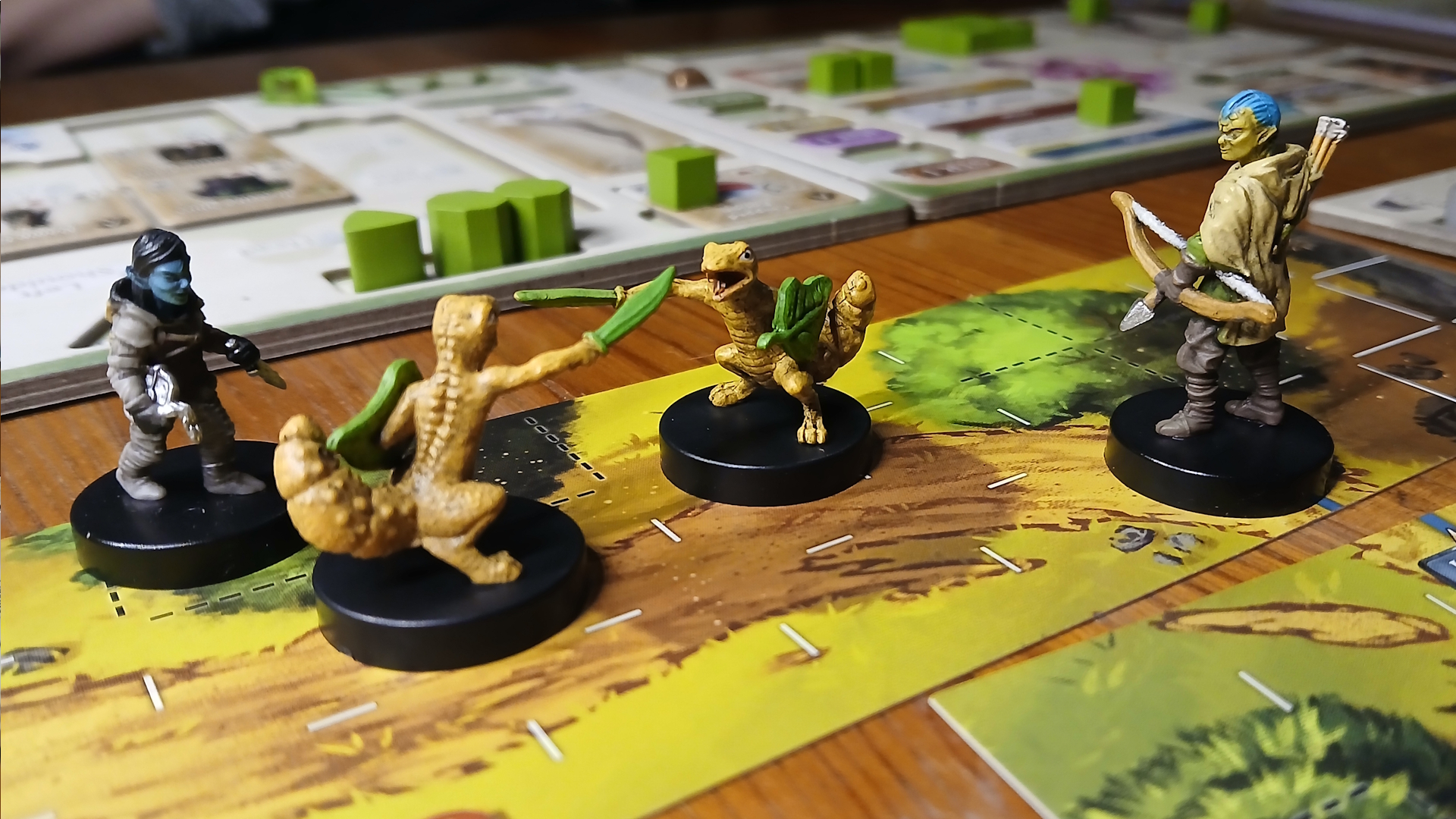Designer of TRPG about anthro animals escaping a devilish deal acknowledges stereotypes in both band culture and animal folklore
In picking apart their folksy liar's dice tabletop RPG, Caro Asercion talks about how players are "bringing so much of their own baggage" as they project their culture onto the game

Caro Asercion is a big name in the indie and solo tabletop RPG space. Best known for worldbuilding and roleplaying games such as "i'm sorry did you say street magic", in which you build a city and take on the roles of its inhabitants at it evolves, and Exquisite Biome that lets you design your own ecosystem, Asercion continues to bring us innovative games as the years roll on. Taking to the Yes Indie'd Podcast, Asercion has been speaking to Thomas Manuel about their most recent folktale-infused TRPG Last Train to Bremen, and it's clear from their musings that there's far more to this game than simply layering narrative onto a game of Liar's Dice.
The game puts a roleplay-heavy twist on Liar's Dice – a legendary push-your-luck dice rolling game – that sees players taking on the role of anthropomorphic animals. All of them are band members looking to escape a dismal fate, thirteen years after making a deal with the Devil. Honestly, it sounds like best tabletop RPG material to me, but we'll have to test out this tense crossroads folktale for ourselves first.
In the interview, Asercion makes it clear that as a designer it was important to understand how different players' cultural hegemonies can affect roleplay. This is doubly true in the case of Last Train to Bremen, as a game in which you embody not only animals that play significant roles in folklore world-round, but also as band members. In band culture, different members of a band and the instruments they play will have certain stereotypes associated with them, just as the animals in folklore have different personalities prescribed to them through tellings and retellings of ancient stories. "No matter where you come from there is some sort of cultural signifier that can be ascribed to those," says Asercion.
People are already going to be bringing so much of their own baggage and their own personal perspective
Caro Asercion
"Being able to draw on both musical touchstones and animal touchstones [...] even before we get really into 'what is the specific dynamic within this group?', the moment that we know this is a quartet, these are the four instruments, these are the characters in play, people are already going to be bringing so much of their own baggage and their own personal perspective on what that role might be and what that character archetype is."
Defining their bond with two prompts in the setup, players then flip-flop seamlessly between deep improvisational roleplay and rounds of Liar's Dice. "I'm telling the memory of a time that you screwed me over, then you get to have your little commentary of 'that's not how I remember it', and then we go back to playing liar's dice", says Asercion.
And while the game's mechanics and narrative don't directly influence each other "on a very literal level", since there's a clear delineation in switching between the two game modes, the two elements are still inextricably linked. As they note, "The thing that I'm trying to aim for is, even if neither [mechanics or narrative] directly interacts with each other, the players and the characters – the roles that these players are taking on as these characters – are serving as a conduit for both."
"Some of that sits in the body at a somatic level of 'Oh, the stress that I feel, or the interpersonal friction that I feel with this character [...]', that makes its way back into the mechanics at a bodily level and at a subconscious level in terms of how I'm thinking about the Liar's Dice aspect of it."
Sign up to the GamesRadar+ Newsletter
Weekly digests, tales from the communities you love, and more
Having that layer of interplay introduced by prompts that let everyone know what really gets under each player-character's skin, Asercion hopes that "There's always going to be some level of friction between any two members of the band."

It's not easy, as one might expect, to take a fully formed game, insert it into another, and get it to make sense. "The tricky thing is Liar's Dice is a fully cohesive game on its own", says Asercion. As such, The Last Train to Bremen is a fascinating attempt to give Liar's Dice a much more of a pivotal role in a narrative than thematic minigames like The Witcher's Gwent game, for example.
"You don't necessarily need to have that additional layer of narrative on top. And by introducing that, my challenge is 'How do I make sure that it doesn't feel like it's too much of an intrusion?' Or making sure that the fiction doesn't get in the way of this game which is a classical folk game."
Last Train To Bremen released last year, but for me it's still one of the most exciting innovations to hit tabletop gaming of recent. Owing to Asercion's tactful way of evoking players' cultural preconceptions, in terms of band culture and animals in folklore, it manages to cleverly encourage emergent narratives to form around an already established, and well-loved game of dice rolling. You can download Last Train To Bremen for just $10 on Itch, if this is the kind of clever TRPG tragedy that gets you going.
For more why not check out the best D&D books, or some cool solo RPGs.

Katie is a freelance writer with almost 5 years experience in covering everything from tabletop RPGs, to video games and tech. Besides earning a Game Art and Design degree up to Masters level, she is a designer of board games, board game workshop facilitator, and an avid TTRPG Games Master - not to mention a former Hardware Writer over at PC Gamer.
You must confirm your public display name before commenting
Please logout and then login again, you will then be prompted to enter your display name.


